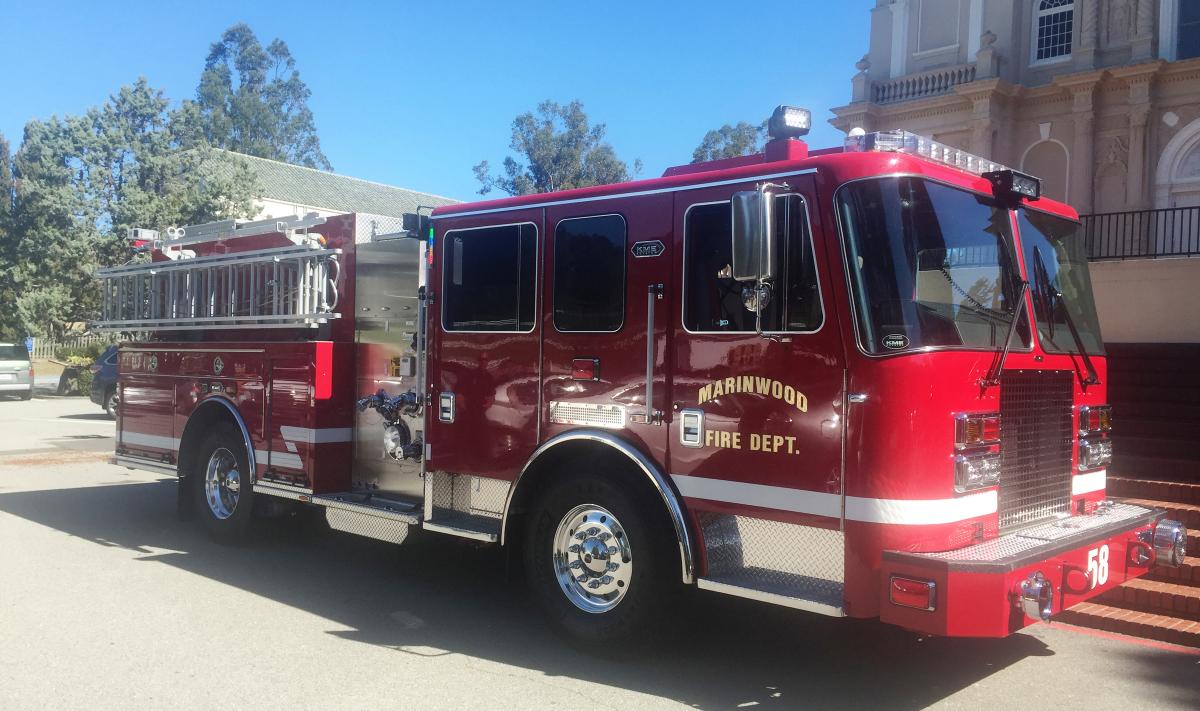Unlike Hollywood and television, real fire is dark - the smoke is thick and black; you can't see through it and the toxic gases in the smoke can be disorienting. But if you have practiced crawling below smoke level, feeling your way along the walls and counting doors to your exit, you will know exactly what to do and be better prepared to exit safely in a real fire.
All members of your household should participate in the process of developing your escape plan, even young children.
When making your home escape plan . . .
- Take a walk through your home and locate two escape routes from each room, making sure each exit is accessible. Having two accessible ways out of each room greatly improves your chances in escaping a fire in your home.
- Check for windows that could be painted shut, make sure they open. Open and check below the window. Is there anything outside the window that would hamper your escape or injure you if you have to use the window for an exit? If so, now is the time to make corrections.
- If you have bars on your bedroom windows, they must open from the inside of the room. If not, they must be made operable so they can. Bars can and will trap you inside of your own home. Also, California law requires that bars installed on bedroom windows must open from the inside of the room.
- If your bedrooms are located on the second floor, do you have escape ladders for each bedroom?
- Check for doors blocked by furniture or storage.
- Establish a meeting place a safe distance from your home.
- If you have very young, very old, or disabled occupants in the home, try to locate their bedroom on the ground floor and designate someone to help them in an emergency.
Remember . . .
- STOP... before opening a door. Feel the door. While remaining on your knees reach up and feel the door as high as you can reach without standing up. Feel the door knob, around the edges and bottom of the door. If you feel heat don't open that door, use your alternative exit.
- If you encounter smoke on your way out, use your alternative exit. If you must escape through smoke, stay down and crawl under the smoke where the air is clearer and cooler.
- If your clothing catches fire, Stop, Drop and Roll (covering your face with your hands) to extinguish the flames.
- Once outside, never go back into a burning building for any reason. Call 9-1-1 from a neighbor's phone.
Practice . . .
Practicing your escape before fire strikes will enable you to get out faster with less panic. If you know your escape route by heart you will be able to get out quickly even if you've been exposed to disorienting smoke and gases.

